Infectious diseases create many problems in medical clinics, where people are highly susceptible to infection with dangerous diseases and their bodies are particularly susceptible. Infectious processes associated with the provision of medical care are common causes of the onset of diseases and an increase in the number of dying, which creates serious problems for the healthcare system and its financial component. It should give a general description of the prevention of AIPS.
Definition of the term
AIPS - infections associated with the provision of medical care to humans - arise due to the spread of viruses, bacteria and fungi in the human body. The defeat of such diseases can occur anywhere, but in clinics it becomes a particularly dangerous problem.
Many AIPS appear as a result of bacteria that are already in the human body before infection, they can cause cross-transmission between patients or between the patient and the medical professional.
The general environment in the clinic can also lead to the spread of pathological microorganisms through air, water and surface. Patients in a medical institution are more susceptible to disease than the general population. For example, premature babies, the elderly and patients with weakened immune defenses are at particular risk.
ISPM - a problem of the present
Considering the general characteristic, the definition of AIPS, the prevention of this phenomenon should pay special attention. This is one of the priorities of the health system. In many high-income countries, regional and national medical institutions, together with clinics and hospitals, carry out preventive measures, monitor the condition of patients, and conduct various reports. Despite the decrease in the number of cases of diseases, the affliction of AIPS has recently continued to be a fairly frequent occurrence, especially for people at risk.
Among patients in ICU in developed countries, at least 25-30% of episodes of AIPS occur. In countries with low incomes, problems with the concept of UTI prevention are becoming more complicated. The infrastructure in these countries is too poor and the level of hygiene and sanitation is not high enough. According to a general WHO estimate, infections that occur in humans in ICUs in third world countries occur at least several times more often than in developed countries with a stable income level. Infections that are associated with instrumental infection can occur up to 13 times more often than in the United States.

What does the AIPS mean?
UTI includes a large number of types of infections, including urinary tract infections, the spread of infection at the site of surgery (in countries with low annual incomes), damage to the respiratory system, blood flow and the gastrointestinal tract. The appearance of microorganisms that are particularly resistant to antimicrobials provokes the active spread and increase the severity of infectious processes.
The clinic, in which a high incidence of UTI occurs, faces serious problems in the treatment of patients. This leads to high cash costs, negative reviews and a deterioration in reputation.
AHI is a lesion that occurs in a patient upon admission to a medical institution over the next 8 hours, or slightly more.In patients of surgical departments, the infection in most cases begins after 3 months after surgery or one year if the operation was performed on bones and joints.
Diagnostic measures
Considering the ways of prevention of AIPS, it is worth noting that in this process, regular and full monitoring of all patients in the hospital plays a significant role. Such monitoring should be aimed at the timely detection of infectious diseases, especially in ICUs and among groups of patients at particular risk.
In order to accurately identify the source of infection, antimicrobial sensitivity, and select the right antimicrobial treatment to fight the disease, an in vitro diagnostic procedure is used. In addition, it is important to accurately identify and limit possible epidemic diseases by observing patients at risk. Such measures help to take timely measures to prevent UTI and to eliminate the occurrence of a source of infection.
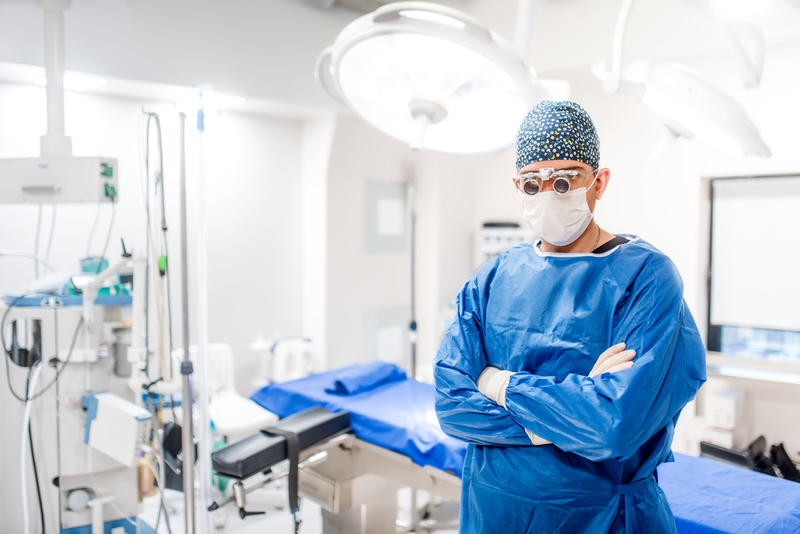
What can lead to the emergence of AMI in the institution? These include the following types of pathogens:
- Staphylococcus aureus;
- enterococci;
- streptococci;
- carbolene-resistant enterobacteria;
- enterobacteria, which help to produce extended-spectrum beta-lactamases.
Prevention measures for the lesion
It is important to take measures for the prevention of UTIs for both certain patients and the entire medical institution.
Environmental monitoring in a hospital includes the following items:
- regular checking of air, water and surfaces;
- strict control of cleaning and regular washing of equipment, sanitary treatment of premises;
- if necessary, the patient is isolated from the rest.
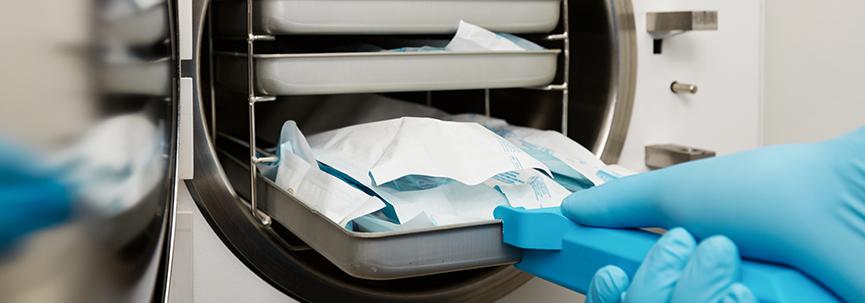
Also, methods for the prevention of AIPS include the control of the spread of infection:
- monitoring of patients who are at risk;
- compliance with hand hygiene rules and comprehensive hygiene procedures;
- following all sanitary conditions during the treatment;
- proper use of antimicrobial agents;
- the use of catheters only with a certain need.
Careful monitoring of the state of the medical institution:
- elimination of outbreaks;
- automatic notification of infectious processes that are particularly resistant to the antimicrobial agents used;
- information transfer and management;
- high level coordinated reporting;
- surveillance and tracking of a possible epidemic.
Therapeutic measures
Conducting therapeutic measures for the prevention of AIPS in a medical facility includes:
- treatment of mass diseases with antimicrobial agents;
- if possible, it is recommended to carry out the temporary elimination of certain medical equipment (for example, catheters);
- therapeutic monitoring to help complete antimicrobial treatment soon.
Special and standard preventive measures
Prevention of AIPS is divided into standard and special. Standard measures are regular daily procedures that are carried out to reduce the risk of spreading the disease among patients in a medical institution and among employees. Special measures apply only when standard measures are not fully implemented.
Standard precautions include the proper handling of hands, the use of special protective equipment by medical personnel, the correct storage and use of sharp instruments, and the timely disposal of used disposable devices.
Hand processing is divided into the following methods:
- Simple hand washing.With this treatment, dirt and transit flora is removed, which spreads through the skin of the health worker in contact with a sick patient or contaminated environmental objects.
- Hygienic antiseptics. Elimination or complete destruction of transient microflora from an employee of a medical institution.
- Surgical antiseptics. It consists in removing or destroying transit microflora and reducing the amount with the help of an antiseptic resident flora.
Hand Processing Features
In the prophylaxis of AIPS, depending on the therapy performed and the required level of cleanliness of the skin of the hands of medical personnel, a hygienic or surgical treatment of the hands is chosen.
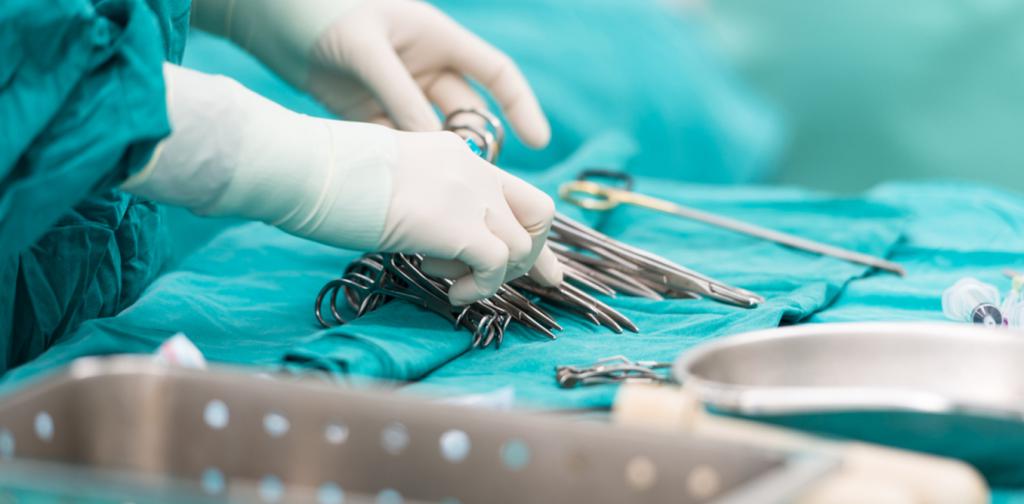
The administration in the preparation of the concept of prevention of AIPS adheres to the following rules:
- To achieve a special effect and complete disinfection of the skin of the hands, a number of rules should be followed. It is required to keep the nails in a well-groomed condition, cut them regularly, to prevent the presence of nail polish. Do not extend your nails. All jewelry and other foreign objects should be removed. Before hygienic processing of hands, it is also important for the surgeon to remove bracelets, watches and other accessories. When drying hands use clean disposable paper napkins or cloth towels. When handling hands with surgeons, exclusively sterile cloth towels should be used.
- Hygienic treatment of the hands is carried out with direct contact with the patient, with the intact skin of the patient (for example, when measuring blood pressure), with the secrets of the body, its mucous membranes and wounds. Also, a similar procedure is necessary before caring for the patient, after using medical instruments and other objects that are next to the patient, after treating a person with a purulent inflammatory process, after contact with dirty devices and surfaces.
- Hygienic processing of hands is carried out by washing hands with soap and water, which helps to remove dirt and significantly reduce the number of microorganisms on the skin. Hand treatment is also carried out with a skin antiseptic to reduce the number of pathogenic microorganisms to a minimum.
- For washing hands, liquid soap with a dispenser is used. Hands are wiped with a disposable towel.
- When using a dispenser, a new portion of liquid soap is poured into it after preliminary disinfection and washing. It is best to use elbow dispensers and dispensers on photocells.
When it is important to handle your hands:
- before the beginning of the working day and at the end of it;
- in contact with the patient;
- while putting on gloves;
- before any therapy;
- when eating food;
- when working on the keyboard.
Tool Requirements
All employees of a medical institution should know the general characteristics of the prevention of UTI. They should avoid any injury with scalpels, needles and other sharp instruments during medical procedures, during the disinfection of instruments and disposal of already used ones.
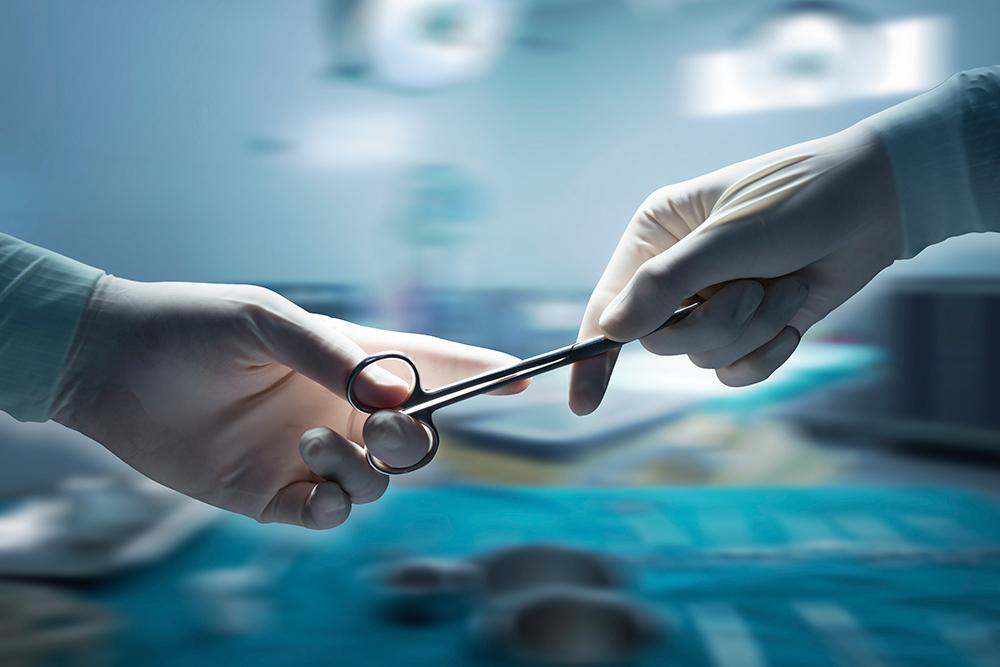
The main rules for handling sharp instruments:
- apply the needle and syringe only once, then immediately dispose of it;
- Put on and remove the needle from the syringe using special clamps;
- warn another employee about the transfer of a sharp instrument;
- to avoid the transfer of sharp tools from hand to hand, use a specialized tray for this;
- instead of scalpels with a sharp end, it is best to use a tool with a blunt end;
- Do not cover the needles with a cap;
- Do not bend or break needles after use;
- Do not remove the needles from the syringe before carrying out hygienic treatment;
- immediately after the treatment, it is important to place disposable syringes, needles, blades and other piercing and sharp objects in a separate container.Such containers have a visual designation, must also be completely airtight and not have openings. The container should be as close as possible to the medical specialist during the treatment;
- Handle needles and syringes before disposal.
What is forbidden when using sharp tools?
- Do not put caps on used needles. After use, the syringe with the needle is placed in a puncture-resistant container. In some cases, if necessary, to separate the needle from the syringe, they should be neatly and safely cut off.
- All sharp used tools must not be thrown into punctured containers.
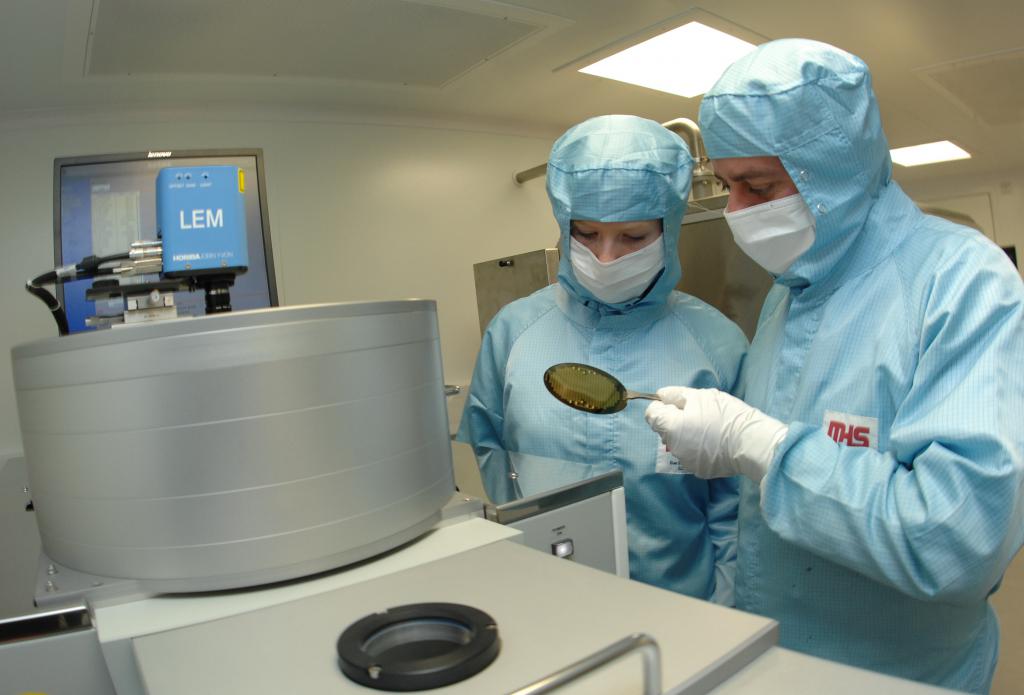
Clinic sterilization and disinfection
All medical devices used for invasive treatment should be sterile. Tools can be disposable and purchased in separate sterile packaging. Reusable instruments and devices need regular disinfection, pre-sterilization cleaning and sterilization.

The main principles of the use of ISPM include:
- it is recommended that all equipment, devices and patient care items after repeated use be processed in accordance with the manufacturers instructions;
- it is important to use only refillable devices that are authorized by the healthcare system;
- Before purchasing a large number of devices, it is important to make sure that they are accompanied by instructions from the manufacturer;
- Do not re-treat medical instruments after first use.
The processing of tools is in the following processes: disinfection, cleaning, drying, packaging, sterilization, as well as proper storage. Each described step is very important for the prevention of foci of infection in the clinic.
Disinfection - a scientifically sound selection of methods, tools and techniques for the destruction of pathogens and conditionally tagged organisms in the environment. Disinfection is a partial, selective extermination of potential pathogens. This procedure helps prevent the transmission of pathogens from sources of damage to healthy patients. Comprehensive and proper disinfection most often involves the complete removal of all contaminants and bacteria from the instruments, excluding the minimum number of bacterial spores.
Disinfection and sterilization is carried out in accordance with sanitary standards and state standards. The main disinfection methods are exposure to devices and tools with high temperature and chemical components. The selection of the disinfection method will be determined depending on the properties of the pathogen, the particular item being processed, as well as the financial costs of its implementation.
The physical cleaning method uses mechanical and thermal disinfection of radiant energy agents and radioactive radiation. During sterilization, the following heat sources can be used: fire, liquid, moist or dry high-temperature air, steam. The death of dangerous microorganisms when exposed to physical methods occurs as a result of protein coagulation.
